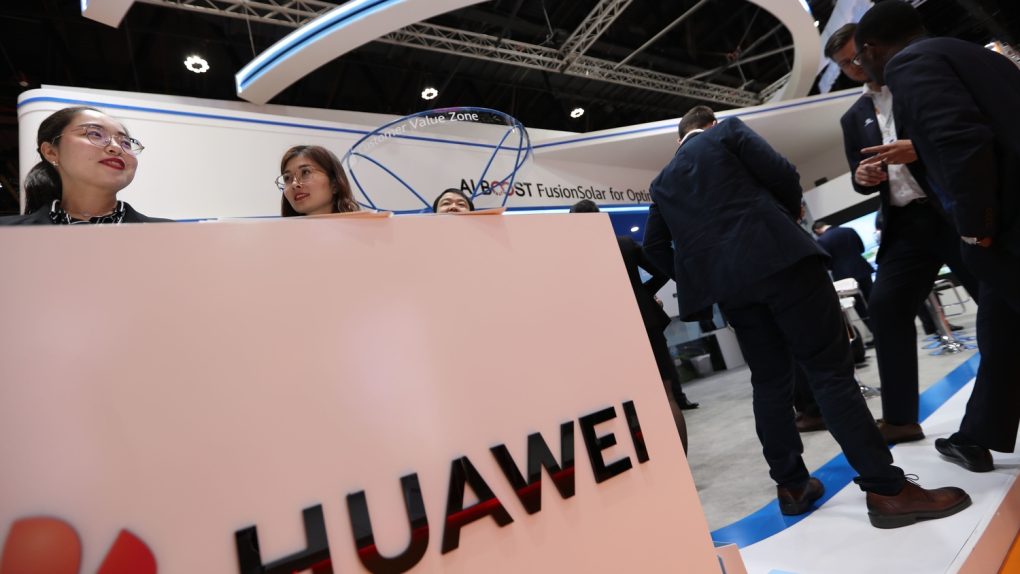One of the biggest and longest-running stories in tech from the past year is still making waves in 2020 — the aftermath of the abrupt US ban of Huawei, the Chinese smartphone manufacturer that subsequently was barred from doing business with Google and is trying to find a way to do what no smartphone brand has been able to do yet. That is, to offer consumers a viable alternative in an Android-iOS world.
Older Huawei phones can still run Android and have access to Google’s app marketplace, but new handsets from the company — like the Mate 30, released in September, which was Huawei’s first Google-free device, as well as the P40 coming in March — are another story. By Google preventing Huawei from obtaining a licensed version of Android that can be used in new phones, that fact instantly gives the handsets a high burden to surmount outside of China. The company’s phones do have fans in some Western countries, but that’s partly because of the accessibility of Google services like Gmail and Google Maps on them. No wonder that, in a New Year’s message from Huawei’s rotating chairman Eric Xu, he identified “survival” as the company’s top priority in 2020.
The company recently announced a surprising milestone — 6.9 million 5G smartphones shipped globally by the end of 2019. Overall, Xu’s message goes on to rave that the company shipped more than 240 million units in 2019. We say “surprising,” because that’s all in spite of the US ban.
We ended 2019 on a high 🆙 Thank you to all our amazing global customers! Whose excited for what's in store for 2020? #Huawei pic.twitter.com/TrR3JMTxrN
— Huawei Mobile (@HuaweiMobile) January 15, 2020
“In 2020, we will continue to remain on the US Entity List,” Xu says. “We won’t grow as rapidly as we did in the first half of 2019, growth that continued throughout the year owing to sheer momentum in the market. It’s going to be a difficult year for us … Always remember: We are the bamboo stalk that stands tall and proud against wind from all directions, whether north or south, east or west.”
That brings us to this week, and specifically to the developer event Huawei hosted in London on Wednesday. During the event, the company unveiled an investment equivalent to $26 million that it hopes will encourage app developers from Britain and Ireland to create apps for the company’s phones. In announcing that investment, the company also made some thinly veiled jabs at US companies like Apple when it promised to only take a 15% cut of revenue from its app developers, unlike the 30% charged by Apple and Google.
It’s critical for Huawei to try to build some momentum along these lines, because it hasn’t made much headway so far in thriving without Google. Its supposed in-development Android replacement OS called Harmony is still apparently in the works, and wasn’t really touted during the London event (one prediction says it might be finally ready by the middle of this year). Meantime, there are a handful of popular apps in Huawei’s app store like Snapchat, Fortnite, and TikTok, but not too many more beyond that.
If Huawei can make this work and truly make a go of this, it will have succeeded in pulling off something that hasn’t really been done before. The caveat, of course, is that is a very, very big if — Huawei is holding events like the one this week, and encouraging app developers to throw in with the company, because it’s forced to. If it’s not going to surrender and get out of the smartphone game completely, and if Google won’t work with it anymore, the company has no choice but to replace what it’s lost, bit by bit, by recreating it all itself.








